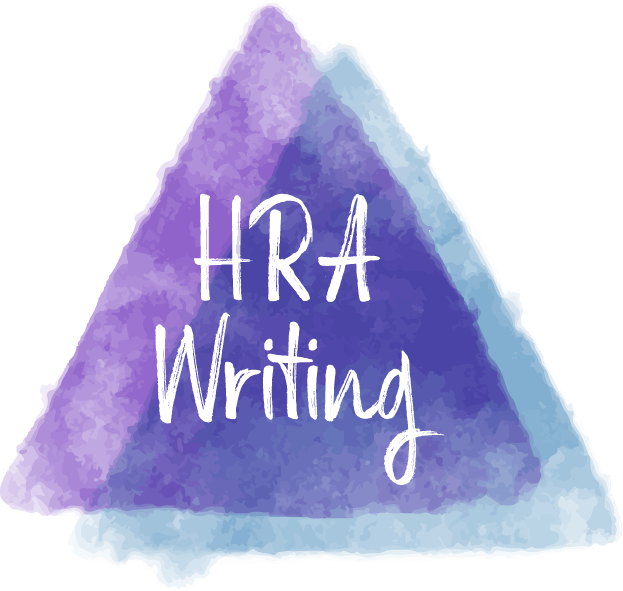Tailoring content is essential for effective communication, particularly in fields like health and wellness, where messages can significantly impact behaviour and decision-making.
Medical writing can change how a person acts, which can have real-world consequences. Unlike, for example, an article about an up-and-coming music artist’s latest hit, wellness blogs can cause a person to take specific actions that can affect their health.
Why Is It Important To Tailor Your Content?
Different audiences have varying levels of knowledge, literacy, and comfort with complex topics. Adapting your content to your audience ensures the message is clear and comprehensible to the target group. Simplifying language for a general audience or including technical details for professionals ensures that each group can fully understand the content.
Additionally, people are more likely to remember information that feels personalised or directly applicable to them. Tailoring content to the audience increases the likelihood that they will retain and recall key messages when making decisions or taking action.
Adapting your content to suit your audience also means there is less likely to be misunderstandings. A one-size-fits-all approach can lead to confusion, misinformation, or misinterpretation, particularly when dealing with complex health topics. Tailoring content reduces the risk of miscommunication by presenting information in a way that the specific audience is more likely to understand and trust.

Understanding Your Audience
Start by clearly identifying the goal of your communication. What are you trying to achieve? Are you raising awareness about a health condition, promoting behaviour change, or providing information on a specific treatment? Defining the purpose will guide you in determining who needs to hear the message.
Evaluate the level of health literacy within your target audience. This will guide how you present information – whether it should be in simple, everyday language or more technical terms. High-literacy audiences may require more detailed, scientific information, while those with lower literacy levels will benefit from clear, concise explanations and visual aids.
Consider the cultural, social, and economic factors that influence your audience. Understanding cultural norms, values, and health beliefs can help tailor your message so that it resonates with their specific context and avoids unintentional misunderstandings or insensitivity.
Who Might You Be Targeting With Your Content?
Each audience requires a different approach, but the key to success lies in understanding their needs, level of knowledge, and preferred communication style. This ensures that your message is clear, relevant, and impactful.
General Public

When communicating with the general public, the main goal is usually to inform and educate in an easy-to-understand and engaging way. The tone should be conversational, clear, and approachable so the message feels relatable and digestible. It’s important to avoid using jargon or technical terms that might confuse or put people off. Instead, stick to simple language and short, direct sentences to keep things clear and straightforward. This helps break down complicated health information into bite-sized, easy-to-understand pieces.
Tips for Writing for the General Public
- Keep It Simple: Avoid technical jargon and medical terminology. Use clear, straightforward language that’s easy for everyone to understand.
- Use Relatable Examples: Connect your points to everyday situations that the audience can relate to, making the message more engaging and relevant.
- Focus on Practical Advice: Provide actionable tips that people can easily implement in their daily lives, like small lifestyle changes to improve health.
- Be Visual: Use visuals, infographics, and videos to make complex concepts more accessible and engaging.
- Tone Matters: Keep the tone friendly, approachable, and encouraging. Avoid sounding authoritative or judgmental.
- Use Short Sentences and Paragraphs: This improves readability, especially for audiences with lower health literacy levels.
Health Professionals

For health professionals, the goal is to provide evidence-based and detailed information that supports clinical decision-making. The tone should remain formal and professional but still clear enough to communicate key points effectively. Since this audience already has a strong foundation of knowledge, it’s appropriate to use technical terms and industry-specific language. However, it’s still important to avoid unnecessary complexity that could obscure the message. The writing should strike a balance between being precise and accessible.
Tips for Writing for Health Professionals
- Be Evidence-Based: Use data, clinical studies, and peer-reviewed research to support your points. Cite your sources clearly.
- Get to the Point: Healthcare professionals are busy, so ensure your message is clear and concise. Highlight key takeaways early in the content.
- Use Appropriate Terminology: Don’t shy away from using medical or technical terms, as your audience will understand them, but avoid unnecessary complexity.
- Focus on Clinical Relevance: Ensure the content is applicable to clinical practice. Offer recommendations, guidelines, or treatment protocols where possible.
- Highlight New Research: Professionals appreciate staying up-to-date, so focus on the latest advancements, guidelines, and research in the field.
- Maintain a Professional Tone: Use a formal, professional tone without being overly complex or wordy.
Patients

The main goal for patients is to educate, reassure, and guide them through their health journey. The tone should be empathetic, supportive, and non-judgmental, helping patients feel understood and cared for. It’s important to use clear, patient-centred language that avoids overly technical terms or overwhelming details. Breaking down the information into manageable, easy-to-follow steps helps ensure patients don’t feel overloaded or intimidated by the content. The focus should be on offering practical advice for managing health conditions, providing emotional support, and empowering patients to take control of their health.
Tips for Writing for People with Medical Conditions
- Be Empathetic: Use an empathetic, supportive tone that reassures patients. Acknowledge their feelings and concerns.
- Break Down Information: Present information in digestible chunks, using bullet points or short paragraphs. Avoid overwhelming patients with too much detail at once.
- Use Layman’s Terms: Explain medical terms and conditions in simple language, ensuring patients fully understand the message.
- Focus on Practical Steps: Provide clear, actionable advice that helps patients manage their condition. Focus on small, achievable steps rather than overwhelming instructions.
- Offer Reassurance: Encourage patients by offering hope, support, and reassurance, especially when discussing chronic conditions or difficult diagnoses.
- Incorporate Visuals: Use diagrams or infographics to explain treatments, medical procedures, or lifestyle changes, especially for more complex concepts.
Caregivers

The goal here is usually to provide both support and practical advice that caregivers can easily apply in their daily routines. The tone should be compassionate and understanding, acknowledging the emotional challenges caregivers face, while also being instructive to help guide them through practical tasks. Using clear, directive language is essential to ensure that caregivers feel confident in their ability to follow the advice, without feeling overwhelmed or unsure about what steps to take. It’s important to emphasise understanding and empathy, as caregiving can be physically and emotionally demanding.
Tips for Writing for Caregivers and Loved Ones
- Be Compassionate: Caregivers are often overwhelmed, so a compassionate tone is key. Recognise their efforts and challenges.
- Provide Clear, Step-by-Step Guidance: Offer practical advice on how to manage the daily tasks of caregiving, like communication strategies, care routines, and handling emergencies.
- Balance Emotional Support with Practical Tips: While practical advice is important, it’s also crucial to provide emotional support, encouraging caregivers to practise self-care and seek help when needed.
- Simplify Medical Information: Explain complex medical processes and conditions in a way that caregivers can easily understand, helping them feel more confident in their role.
- Empower Caregivers: Reinforce their role by offering empowering advice that builds confidence in their caregiving abilities.
- Acknowledge Their Needs: Remind caregivers to take care of their own health, providing resources or tips for managing caregiver stress and preventing burnout.
Final Thoughts
Effective communication in health writing requires tailoring your message to meet the specific needs, preferences, and characteristics of your audience. Each group – whether the general public, healthcare professionals, patients, or caregivers – has unique challenges, varying levels of knowledge, and different expectations when receiving health information. By carefully considering factors like literacy level, cultural context, emotional state, and professional expertise, you can shape your message to not only be understood but to feel relevant and meaningful.
By adapting your communication style, tone, and content to each audience, you ensure that your message not only reaches the right people but resonates with them on a personal level. This approach increases engagement, builds trust, and ultimately helps drive positive health outcomes by making the information relatable, actionable, and impactful.
Collaborate on Your Content
Are you struggling to create content that speaks directly to your audience? Let’s work together! I specialise in writing engaging, tailored pieces that resonate with your readers. Reach out via email or schedule a no-obligation discovery call, and let’s explore how I can support your content needs.
If you’ve found this useful, feel free to fuel my caffeine addiction at Ko-fi

